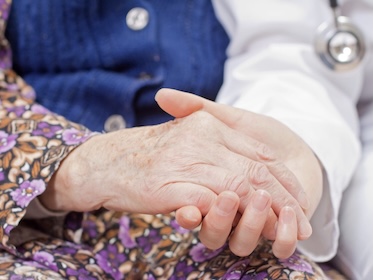Coronavirus Research Resources
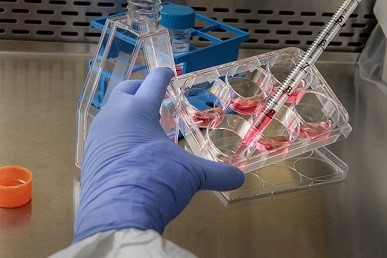
This checklist details the criteria that EHS will use to determine appropriate containment measures and worker competence before a laboratory is approved to work at BSL2 or BSL2+ by the Institutional Biosafety Committee (IBC). Researchers can use this document as a tool to assess their own readiness to prepare for an EHS Biosafety visit to the laboratory.
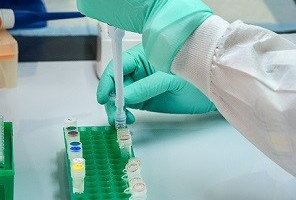
This document details specific requirements for laboratories working on projects using SARS-CoV-2 or COVID-19 specimens. Laboratories approved to work at BSL2+ with, blood/tissue/bodily fluid samples from humans or animals potentially infected with SARS-CoV-2 virus, or as otherwise directed by the IBC, must follow the guidance in this document.
.jpg?sfvrsn=32a99ab9_0)
This document provides the questions that should be addressed in order to determine what biosafety mitigation strategies need to be used when handling and processing unfixed human blood during the pandemic. The issues addressed should be included in the IBC protocol narrative. The final determination of handling requirements must be made in consultation with the Biological Safety Division and the Institutional Biosafety Committee (IBC).
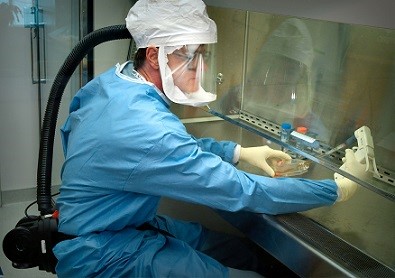
This document provides guidance on working safely with blood/tissue/bodily fluid samples that are expected to contain viable or inactivated SARS-CoV-2 virus. These guidelines must be followed by laboratories that have been approved by the IBC to work with these samples.
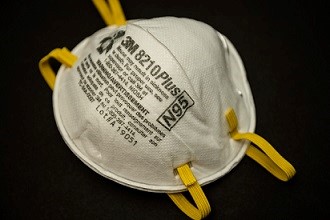
This document provides specific guidance on what to do if an employee believes they have been exposed to SARS-CoV-2 through the course of their laboratory work. Exposure is defined as needle sticks or cuts with contaminated material, splash to unprotected face, direct contact of contaminated material with broken skin, or failure of respiratory protection with aerosol generating event outside of the biosafety cabinet. This does NOT apply to situations where person-to-person transmission may have occurred, even in laboratories in which SARS-CoV-2 is present.
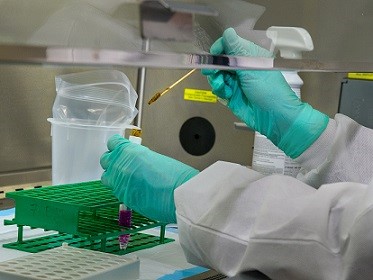
This document is a template for defining work procedures and containment measures used by an individual laboratory when applying to the IBC for work with SARS-CoV-2. Each laboratory applying for this work must submit a completed template for IBC review and approval. Post-approval, the finalized document can be used as an SOP for reference and training of personnel.
There are several ways to safely remove (Doff) your gloves without contaminating your hands, clothing, and other items that may encounter these gloves. One very effective method is using the Beak Method.
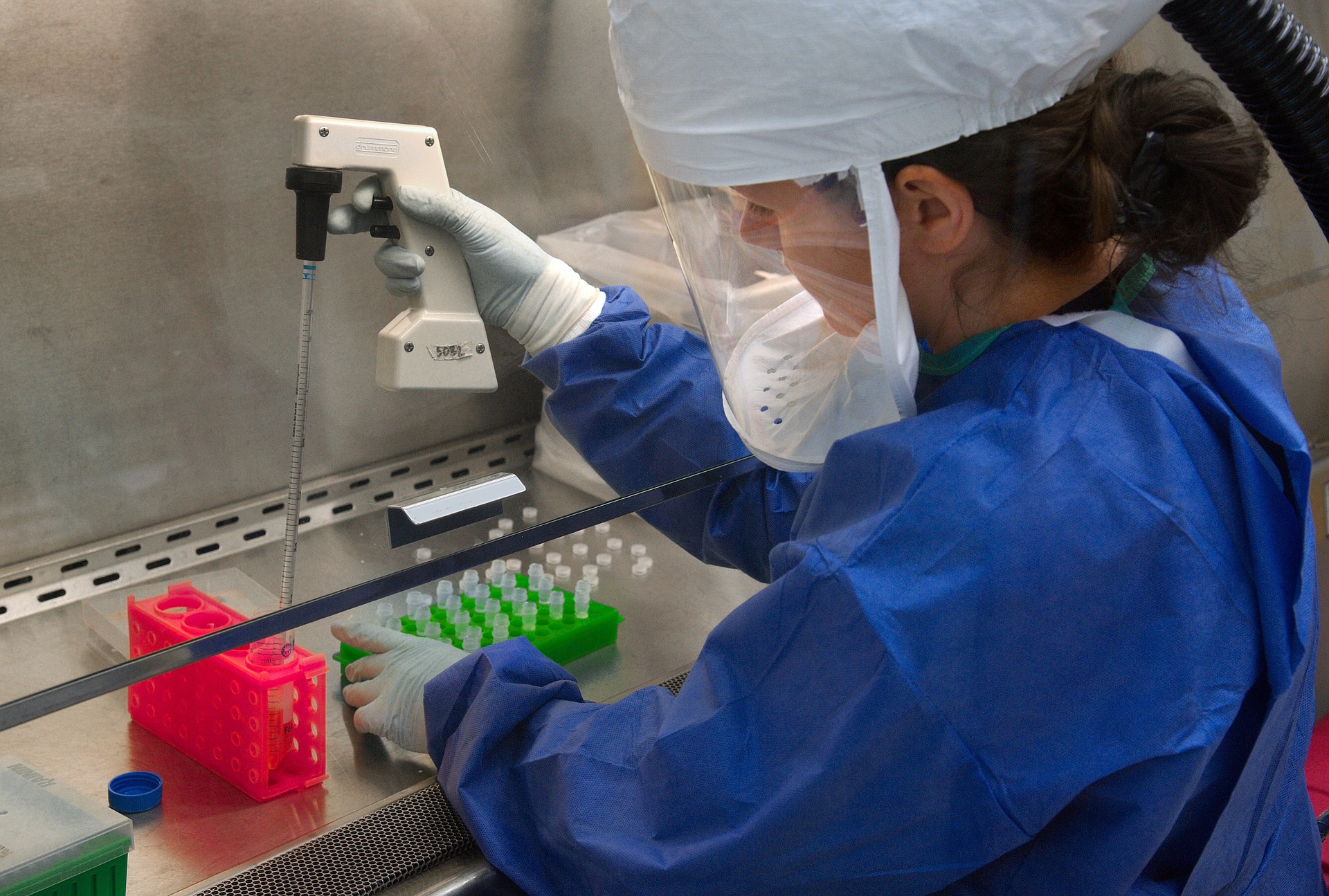
This document provides guidance on the proper shipping categories, packaging, and markings for patient specimens from suspected or confirmed cases, and for viral cultures or isolates of SARS-CoV-2. CU Personnel who prepare, package, or complete shipping documents for these types of materials must be current in completing the Shipping Biological Materials in Skillsoft. This training is required biennially. EHS Biosafety can be consulted for assistance and availability of required labels and packaging.

This document clarifies expectations for the cleaning and disinfection of research laboratories on a regular basis, focusing on researcher responsibilities and guidance.
